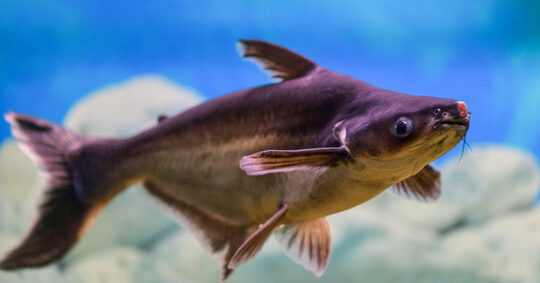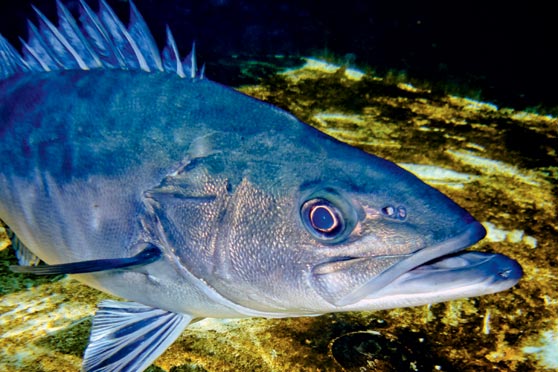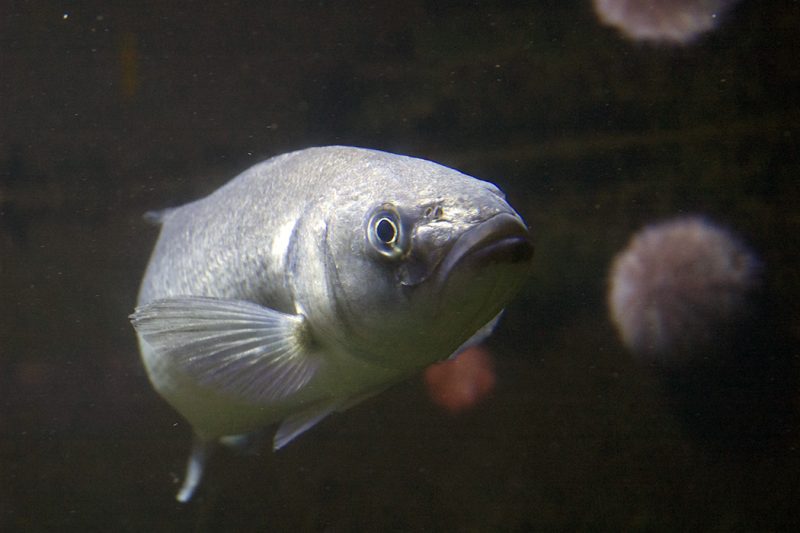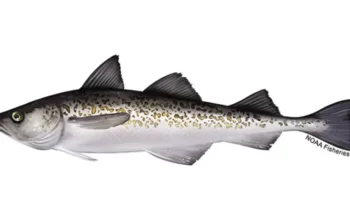Fish have many senses. One of the primary senses of most (though not all) fish is the smell. Scientists call it smell, and it’s an important sense for many fish. Those small holes that look like nostrils are called nostrils. The nostrils do not open into the throat like mammalian nostrils do, but instead open into a chamber filled with sensory pads. Today we will focus on fish’s sense of smell.
Table of Contents
The Importance of Smell For Fish
In many fisheries, underwater visibility is low, so a good sense of smell is essential for fish foraging.
What many anglers don’t realize is that scent is not only important in food location, but also helps fish find mates, spot predators, and find fish that are related to them.
How Do Fish Smell

The highly coordinated sense of smell in fish is primarily based on a set of well-developed nostrils located on the snout.
These nostrils or nostrils are complex structures and if you look closely you will see that they usually have two holes, one entrance, and one exit.
There is usually a fan or fan that separates the two holes and pushes water into the nostrils as the fish moves.
Water usually enters through the pumping action caused by the fish’s respiration and travels down into a folded structure called a garland, where all sensory organs are located.
The number of sensory cells on this rosette can be as high as 500,000 per square millimeter.
Folding of tissue in rosettes creates a larger surface area, making more room for sensory organs, but olfactory sensitivity varies widely across species.
How Do Fish’s Olfactory Senses Work?
The answer to this question is not clear. It all depends on how the species and its olfactory system work.
Fish themselves do not have a “nose”. Instead, they have “nostrils,” which are small nostrils located near the fish’s eyes.
Unlike humans, fish do not use their nostrils to breathe oxygen. They take in oxygen through their gills. Instead, the fish’s olfactory system detects chemical signals in the water.
These chemical signals can send various messages to the brain. Some “scents” warn fish of danger, while others act like a navigation system.
This is true for salmon, which return to the freshwater rivers where they were born during mating season.
What Can Fish Smell

There are a variety of chemicals that fish can detect, but anglers are interested in the chemicals that fish use to find food. The key substances are amino acids and bile acids. This will trigger feeding by most fish.
Amino acids were found in food, some of which leaked into the water, providing odor cues to fish.
In fact, natural foods like worms and snails have no real smell to us and actually “leak” low levels of amino acids into the water where fish can find them.
Salmon (salmon and trout) have a limited olfactory range, but carp (carp, cockroach, barbell, snapper, etc.) are more sensitive to amino acids. They are more easily stimulated by baits and additives that contain natural amino.
Lesser known is a substance called bile acid. These are chemicals that fish excrete after digesting their food, so their presence indicates feeding activity in an area. This may trigger other fish to search for food in the same location.
The production of bile acids is one reason why regular feeding works, and one reason why giving a swim a few days in advance ensures action.
Fish can also sense many of the chemicals we add to the bait to make it more attractive.
If a new food with a unique smell is introduced into a fishery, and the fish already know its food, they will quickly search for the smell to find food related to it.
The fish were less likely to be attracted to the smell itself, and more to the connection between the smells, indicating the presence of food. However, since baits are used more as hook bait, they may start to associate smells with being caught rather than food. The bait will lose its appeal.
Different Fish Species Have Different Sensitivities To Smell
Not all olfactory systems are created equal. When fish use their sense of smell, water flows through the nostrils to the sense organs, which are located in an anatomical structure called a rosette.
Depending on the species, the number of sensory cells and folds in rosettes varies. In some species, such as lizardfish, the number of sensory cells increases as the fish grows.
Channel catfish have the most sensory folds of all freshwater fish, with only 140 layers, while barracuda average only 9 layers.
Wrapping up
It’s clear that the sense of smell in fish is a fascinating phenomenon that is still not fully understood by expert marine biologists.
Well, I hope this has answered your “fish can smell” question for you and taught you something about fish nostrils!




